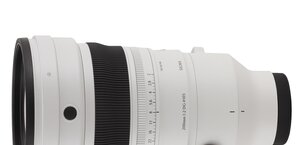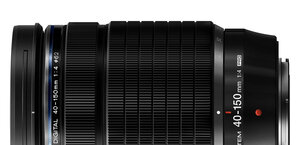Canon EF 16-35 mm f/2.8L II USM
3. Build quality
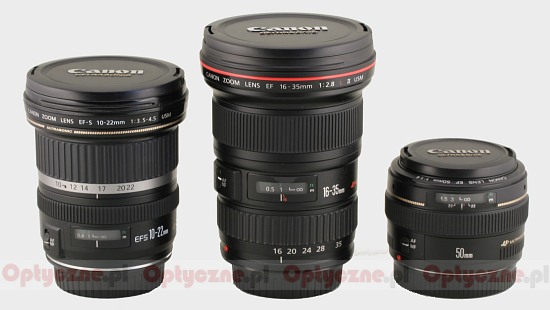 |
L- series lens’s housing is of course made of light and durable magnesium alloy, enriched in several places with metal. This metal can be found e.g. in the mount. Then we have a zooming ring. Taking into account the significant dimensions of the lens, the ring is rather small but it operates smoothly and is well-damped. In the following part of the lens we find a clear distance scale window with markings in both feet and meters. On the left side of the scale there is also an AF/MF switch.
Please Support UsIf you enjoy our reviews and articles, and you want us to continue our work please, support our website by donating through PayPal. The funds are going to be used for paying our editorial team, renting servers, and equipping our testing studio; only that way we will be able to continue providing you interesting content for free. |
- - - - - - - - - - - - - - - - - - - - - - - - - - - - - - - - - - - - - - - - - - - - - - - -
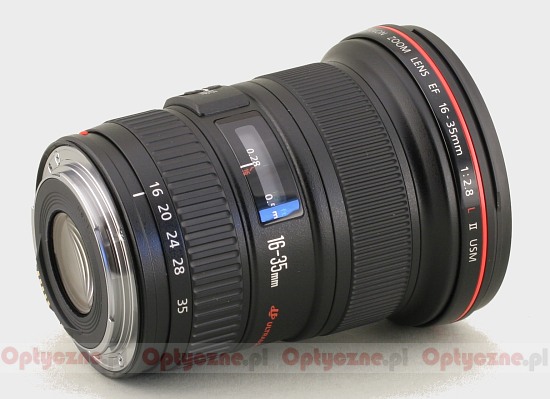 |
Even higher we have a manual focus ring. It is a bit bigger than the zooming ring and more finely ribbed. It allows very precise, comfortable work.
The front element is surrounded by a non-rotating filter thread as big as 82 mm in diameter. It is one of more evident differences between this lens and the previous L-series version, which allowed the usage of 77 mm filters. It is also something which distinguishes the Canon from the Nikkor 14-24 mm f/2.8, already tested by us, in which the manufacturers simply didn’t envisage the possibility of using filters.
It is worth mentioning here that the front element changes its position only within the inner barrel which the dimensions fixed– it extends to its maximum at 16 mm and is the most collapsed at 28mm. We can suspect a filter is necessary to fully seal the lens.
The second thing that changed significantly compared to its predecessor is of course the lens’ inner design. The Canon EF 16-35 mm f/2.8L II USM consists of 16 elements in 12 groups. As many as three high-precision aspherical lens elements and two Ultra Low Dispersion (UD) lens elements were used. Inside you will also find a circular aperture with 7 diaphragm blades, which can be closed down to the value of f/22.
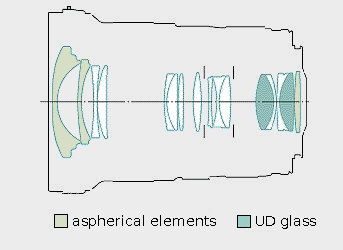
Buying expensive Canon L-series lenses we can expect to find something more in box than just both caps. It is exactly the case when you purchase the 16-35 mm model – in the set you get a petal-type lens hood and a soft pouch.
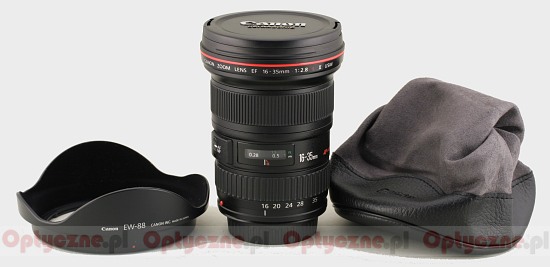 |




